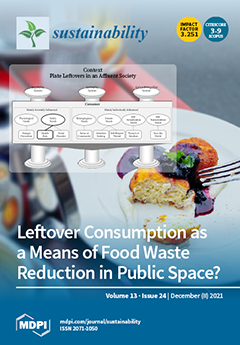Controlling the scale of civil buildings is of great significance for energy saving and emission reduction in the construction field. This paper analyzes and extracts the key index parameters for the calculation of various civil building areas, establishes a detailed calculation model of the total civil building area, and constructs three different scenarios to predict various civil building areas in China from 2020 to 2060. Under the three scenarios, the total amount of civil buildings in China will reach a peak of 93.5, 84.6, and 76.3 billion m
2 in 2040, 2035, and 2035, respectively. Under the constraints of energy consumption and carbon emission, this paper suggests that civil buildings develop according to the medium control scenario. In 2035, the urban per capita residential area will reach a peak of 42 m
2, the urban residential area will reach 43 billion m
2, the rural per capita residential area will reach the peak of 55 m
2, the rural residential area will reach 20.6 billion m
2, and the public building area will reach 21 billion m
2. By 2060, the total area of civil buildings will drop to 76.5 billion m
2, including 37.1 billion m
2 of urban residential buildings, 18.5 billion m
2 of rural residential buildings, and 20.9 billion m
2 of public buildings.
Full article





